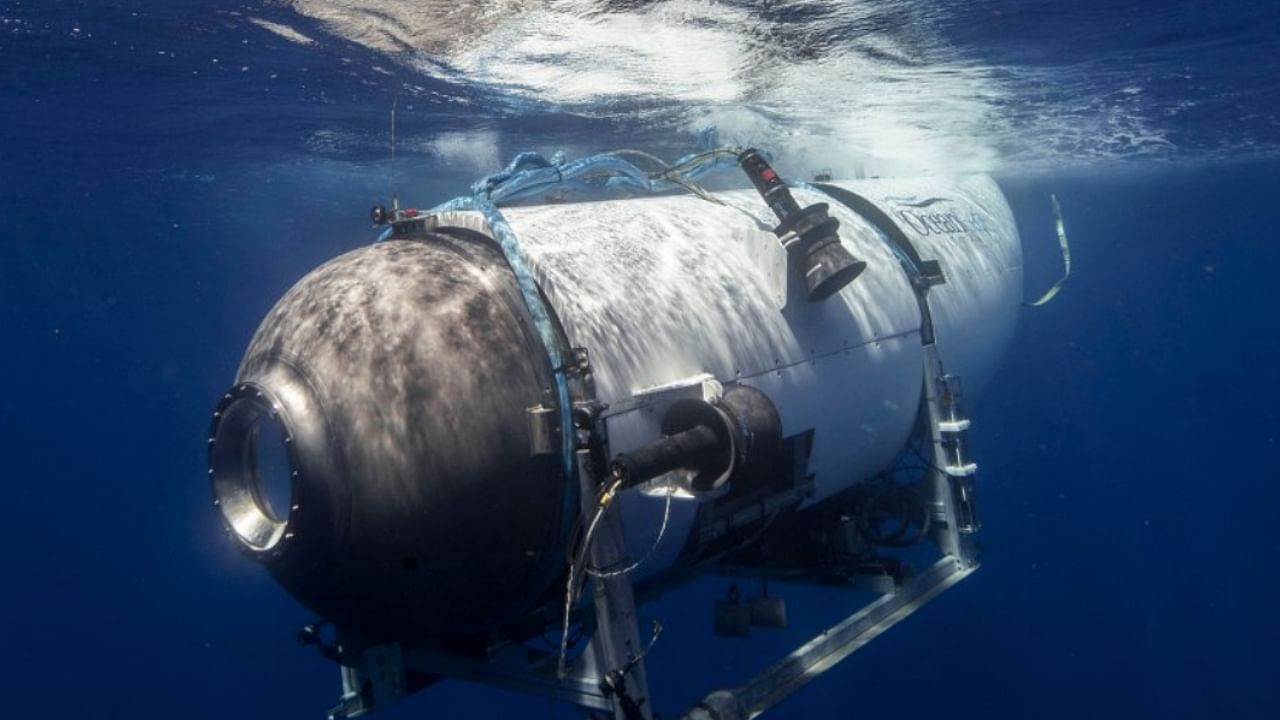
Numerous complications could hinder the effort to rescue the five people aboard the deep-diving submersible Titan, which failed to return from a dive Sunday to the wreck of the Titanic on the floor of the Atlantic Ocean.
For any search and rescue operation at sea, weather conditions, the lack of light at night, the state of the sea and water temperature can all play roles in whether stricken mariners can be found and rescued. For a rescue beneath the waves, the factors involved in a successful rescue are even more numerous and difficult.
The first and most important problem to solve is simply finding the Titan.
Many underwater vehicles are fitted with an acoustic device, often called a pinger, which emits sounds that can be detected underwater by rescuers. Whether Titan has one is unclear.
The submersible reportedly lost contact with its support ship an hour and 45 minutes into what is normally a 2 1/2-hour dive to the bottom, where the Titanic lies.
There could be a problem with Titan’s communication equipment, or with the ballast system that controls its descent and ascent by flooding tanks with water to dive and pumping water out with air to come back toward the surface.
An additional possible hazard for the vessel would be becoming fouled — hung up on a piece of wreckage that could keep it from being able to return to the surface.
If the submersible is found on the bottom, the extreme depths involved limit the possible means for rescue.
Human divers wearing specialized equipment and breathing helium-rich air mixtures can safely reach depths of just a few hundred feet below the surface before having to spend long amounts of time decompressing on the way back up. A couple of hundred feet deeper, light from the sun can no longer penetrate the water, and dark reigns.
The Titanic lies in about 14,000 feet of water in the North Atlantic, a depth that humans can reach only while inside specialized submersibles that keep their occupants warm, dry and supplied with breathable air.
The only likely rescue would come from an uncrewed vehicle — essentially an underwater drone. The US Navy has one submarine rescue vehicle, although it can reportedly reach depths of just 2,000 feet. For recovering objects off the sea floor in deeper water, the Navy relies on what it calls remote-operated vehicles, such as the one it used to salvage a crashed F-35 Joint Strike Fighter in about 12,400 feet in the South China Sea in early 2022. That vehicle, called CURV-21, can reach depths of 20,000 feet.
Getting the right kind of equipment — such as a remote vehicle like the CURV-21 — to the site takes time, starting with getting it to a ship capable of delivering it to the site.
The Titanic’s wreck lies approximately 370 miles south of Newfoundland, and the kinds of ships that can carry a vehicle like the Navy’s deepest-diving robot normally move no faster than about 20 mph.
According to OceanGate’s website, the Titan can keep its five occupants alive for approximately 96 hours. In many submersibles, the air inside is recycled — carbon dioxide is removed and oxygen is added — but on a long enough timeline, the vessel will lose the ability to scrub enough carbon dioxide, and the air inside will no longer sustain life.
If the Titan’s batteries run down and are no longer able to run heaters that keep the occupants warm in the freezing deep, the people inside can become hypothermic and the situation eventually becomes unsurvivable. Should the submersible’s pressure hull fail, the end for those inside would be certain and quick.